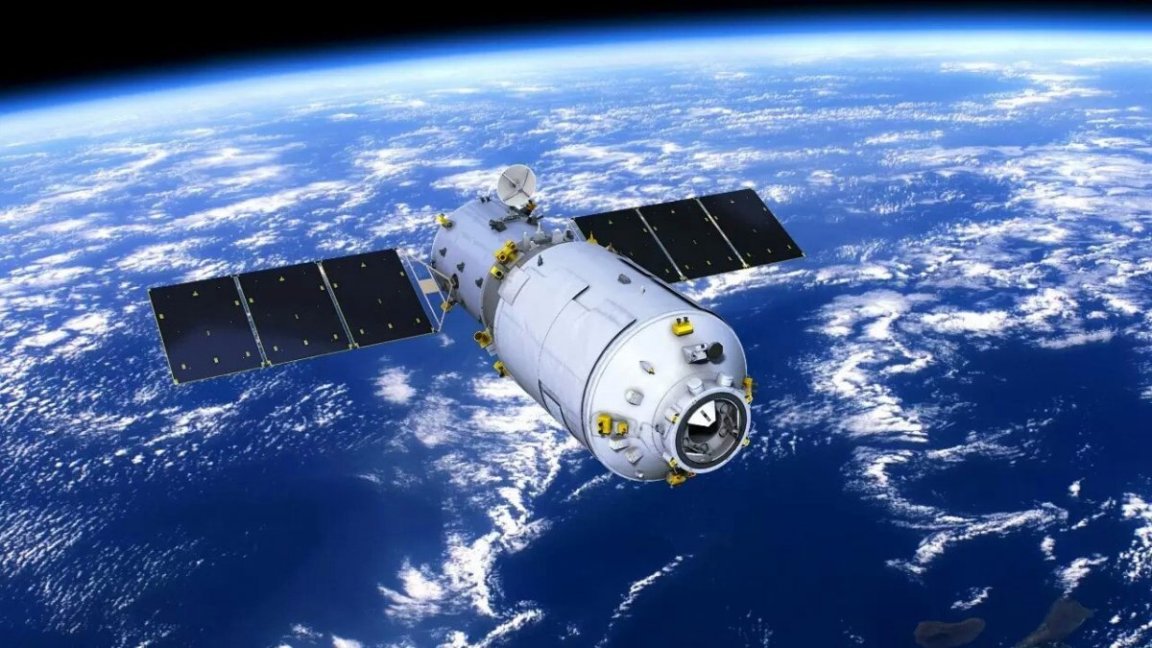
Down to Earth
What goes up must eventually come back down, and in this case it’s China’s first space station. The Tiangong-1 is expected to crash into Earth later this year.
The 8.5-tonne (9.4-ton) station, initially launched in 2011, hosted three missions during its time out in space, including a mission involving China’s first female astronauts, Liu Yang and Wang Yaping. It was never meant to function for more than two years, but continued use until 2016, when its data service was cut off. Several months later, China had reportedly lost control of the station, predicting the eventual impact with Earth “in the second half of 2017” would be harmless.
The Chinese space agency has stated that most of the station will burn up in the atmosphere, and the rest likely land in the ocean.

However, Harvard astrophysicist and space enthusiast Jonathan McDowell told The Guardian it will be impossible to guess where the station would crash, even if it was a day before it re-entered Earth’s atmosphere.
“You really can’t steer these things,” he said last year. “Even a couple of days before it re-enters we probably won’t know better than six or seven hours, plus or minus, when it’s going to come down. Not knowing when it’s going to come down translates as not knowing where it’s going to come down.”
Keeping Watch
Tiangong-1 isn’t completely invisible to us, though. In May, China told the United Nations Committee on the Peaceful Uses of Outer Space that it would continue to monitor the station’s trajectory and inform the organization ahead of its final descent.
“Yes there’s a chance it will do damage, it might take out someone’s car, there will be a rain of a few pieces of metal, it might go through someone’s roof, like if a flap fell off a plane, but it is not widespread damage,” McDowell told The Guardian.

If you’re curious about Tiangong-1’s current whereabouts, you can track its location on the site N2YO.
While you watch, keep in mind that the end of China first space station isn’t the end of such structures in our solar system. China launched its successor, the Tiangong-2, last year, and it recently docked with China’s first cargo spacecraft. Russia has partnered with NASA to construct a lunar space station, and the International Space Station is still in operation, though there are plans to replace it with one that orbits the Moon.
The Tiangong-1 will soon be a thing of the past, but the future of space stations remains as exciting as ever.